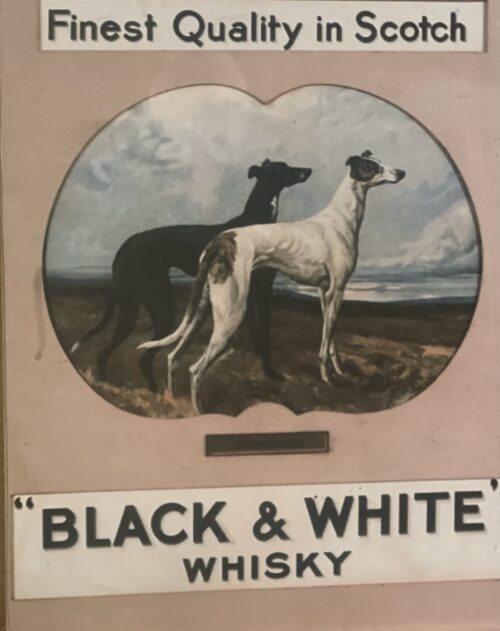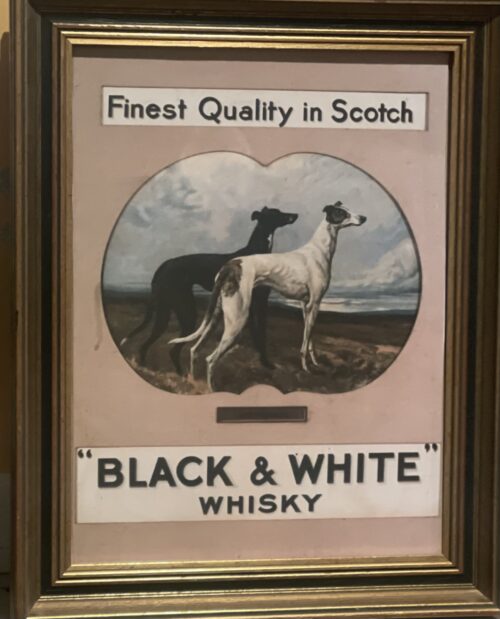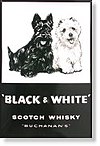Early Years

Racing Career

Stud Career


Legacy

Legacy
















Rare and beautiful original printed advert of the County Donegal Railway and the Londonderry & Lough Swilly Railway.(not to be confused with ubiquitous reproductions available on ebay etc). And magnificently presented in an offset frame which further enhances this fine piece.With a total of 225 miles of track, the railway formed the largest narrow gauge rail system in north-west Europe until it sadly closed in 1959.Can you even begin to imagine the tourism benefits if this incredible railway network was still fully operational today ??
A small section of the network was originally broad gauge, but soon narrow gauge became the working norm across the county. The Donegal railways also ran to Derry city, which at one stage, had four railway stations. One in the docks area linked Derry with Letterkenny, Buncrana and the Inishowen peninsula, while the Victoria Road station on the east bank of the Foyle provided a connection to Killybegs.
But consolidation came quickly to the network. In 1906, the County Donegal Railway Joint Committee was set up, with help from the Great Northern Railway (Ireland) and the Midland Railway in England. In the north of the county, services were run by the Londonderry and Lough Swilly Railway company, usually called simply “The Swilly” .
The railways were useful in helping Donegal people reach emigrant ships, sailing from Derry and elsewhere. They also played a vital and integral role in the everyday commerce of the county, and during the second World War, they were well-used by the people of the twin towns, Ballybofey and Stranorlar, and many others in the county, travelling in their vital quest to win turf.
They were also widely used for excursions, such as those by pilgrims to the Holy Well at Doon, near Letterkenny, as well as by Orangemen going to Rossnowlagh for the Twelfth, and the Ancient Order of Hibernians on August 15th.
The Donegal railways were also very innovative; diesel railcars were introduced around 80 years ago and proved economical and reliable. They helped the railways keep going for far longer than if they had been steam-worked. Thrift was everything, and in many cases carriages were kept in service for decades.
The railways also induced a sense of friendly competition, like the race between a diesel railcar and a motor car, driven by Maj Henry White of Lough Eske Castle, along the Barnesmore Gap.
One lethal crash happened in January 1925, when a train on the Letterkenny to Burtonport line was blown off the viaduct at Owencarrow. Four people were killed. In 1949, a railcar driver and two passengers were killed when two trains collided head-on near Donegal town.
But as happened everywhere else with the railways, motor cars and lorries provided unbeatable competition. The station at Carndonagh shut in 1935 after a mere 34 years in service. The line to Burtonport clung on, as far as Gweedore, until 1947, while the lines to Buncrana and Letterkenny closed down in 1953. By 1960, the last of the Donegal system had been obliterated. The Swilly company, which became bus-only for passengers, managed to last until two years ago.
Such was the attachment to the Donegal railways that after the line from Donegal town to Ballyshannon closed down in 1959, two of the railway workers continued to operate a freight service between the two towns for a month before the bosses in Dublin realised what was happening.
With so many railway memories still so vivid in Co Donegal, it’s hardly surprising that the county has two excellent heritage sites. The old station in Donegal town has been converted into the Donegal Railway Heritage Centre, packed with artefacts of all kinds, and even an old railway carriage that can be hired out for functions.
At Fintown, you can take a trip in an old railcar along five kilometres of track, the last remaining segment of the Co Donegal railways, on the old Stranorlar to Glenties line. It opened in 1995 and now there are plans to restore the old station. Its lakeside setting is so spectacular that the late Brian Friel said that it was as scenic a stretch of railway as anything to be found in Switzerland or Minnesota.Derry had the Foyle Valley railway museum dedicated to the Co Donegal railways, including old locos and carriages and a working track, but sadly, it has been long closed.




|
|
| Type | Scotch whisky |
|---|---|
| Manufacturer | Diageo |
| Country of origin | Scotland |
| Introduced | 1879 |
| Alcohol by volume | 40% |
























Murphy’s reaches Americans shores for the first time winning back many drinkers lost to emigration and a whole new generation of stout drinkers.

























Murphy’s reaches Americans shores for the first time winning back many drinkers lost to emigration and a whole new generation of stout drinkers.

























Murphy’s reaches Americans shores for the first time winning back many drinkers lost to emigration and a whole new generation of stout drinkers.







Unfortunately for H.P. Bulmer, it wasn’t long before the company again changed hands. Coming out on the losing end of a legal dispute with the creators of Babycham sparkling perry over a competing product, they were forced to sell Bulmers Clonmel during the 1960s. Having become part of the C&C Group – a soft drinks and cider company then jointly owned by Guinness and Allied Breweries – production of Irish Bulmers was moved five years later to a modern complex at Annerville, outside Clonmel.

With the Tipperary cider greatly exceeding sales expectations in Ireland, the C&C Group sought during the late 1990s to sell it outside of its home country, particularly in the burgeoning international Irish bar market. But as H.P. Bulmer still owned the rights to that name everywhere other than Ireland, they decided to call the brand after its original owner when exporting it – bringing Magners Irish cider first to Spain, then to Germanyand the UK. In spite of the the differing name, the two products are identical.
Still produced at Annerville, today Irish Bulmers and Magners are made from 17 different kinds of apples, left to ferment and mature for up to two years. Continuing to grow in popularity, the cider can now be found in bars throughout Europe, Asia, North America, Australia and New Zealand.